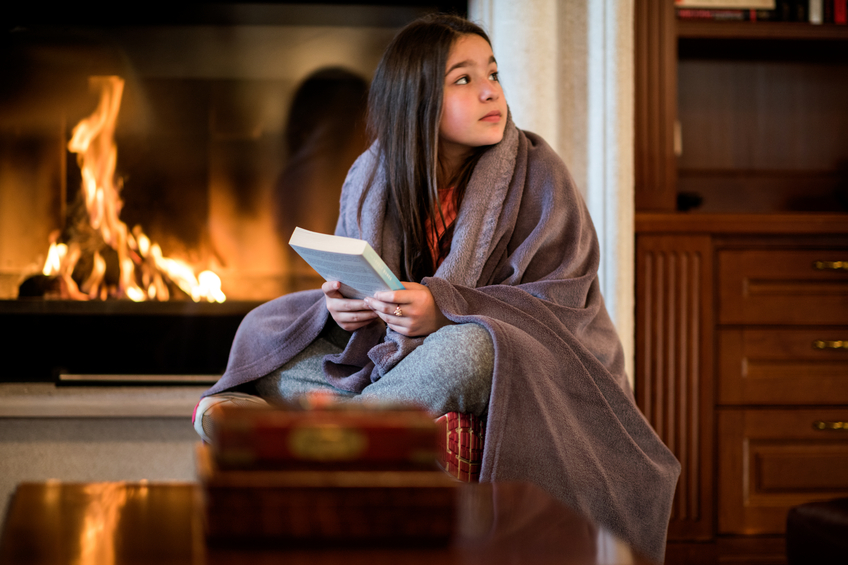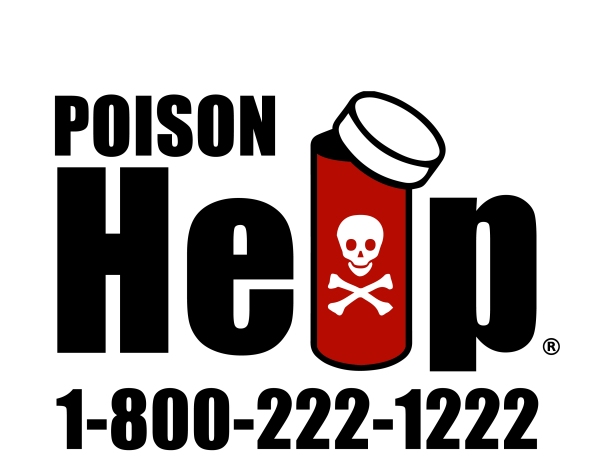Carbon monoxide poisoning risk increases as temperature decreases

Carbon monoxide – odorless, colorless, and tasteless – is a deadly hazard all year round but it becomes a particular threat during cold weather because space heaters, furnaces, and stoves are used more often. The Minnesota Poison Control System is reminding all Minnesotans that the risk of dangerous exposures to carbon monoxide may increase in the upcoming months but these exposures can be prevented.
All fuel-burning equipment and appliances create the risk for carbon monoxide, including water heaters, gas furnaces, wood and gas fireplaces, generators, and automobile engines. At its mildest, carbon monoxide poisoning can feel a little like the flu – causing headaches, dizziness, exhaustion, confusion, fainting, and vomiting.
 But at its worst, exposure to carbon monoxide can be fatal. According to the Minnesota Department of Health, there was a total of 205 preventable carbon monoxide poisoning deaths in the state from 2000 to 2014 (data for 2015 not yet available).
But at its worst, exposure to carbon monoxide can be fatal. According to the Minnesota Department of Health, there was a total of 205 preventable carbon monoxide poisoning deaths in the state from 2000 to 2014 (data for 2015 not yet available).
The Minnesota Poison Control System offers these tips for combating carbon monoxide during the coldest months of the year.
- Never use a charcoal or gas grill inside a house, garage, closed-in porch, or tent.
- Do not use charcoal in the fireplace.
- Have your furnace inspected and adjusted before every heating season.
- When using the fireplace to burn wood or gas logs, make sure the flue is open and the chimney is not blocked. Have your chimney, fireplace, wood stoves, and flues inspected before every heating season.
- Do not use a kerosene heater or gas logs for heat unless you have a working carbon monoxide alarm.
- Never use a generator inside your home – not even in the basement, garage, or porch. Keep it outside, far from the house.
- Never use a gas stove or oven to heat the house.
- Never leave a car running inside a garage, even if the garage door is open.
- Never sleep in a parked car while the engine is running.
- Get a carbon monoxide detector, with a battery back-up system, for your home. If you have a big house, get more than one detector.
- If your carbon monoxide detector alarms, take your cell or cordless phone and leave the house immediately. Call 911 or the fire department from outside the home. Remember that you can’t smell or see carbon monoxide, so an alarm may be your only warning.
For more information about carbon monoxide poisoning, contact the Minnesota Poison Control System anytime at 1-800-222-1222 or visit us on the web at www.mnpoison.org.

